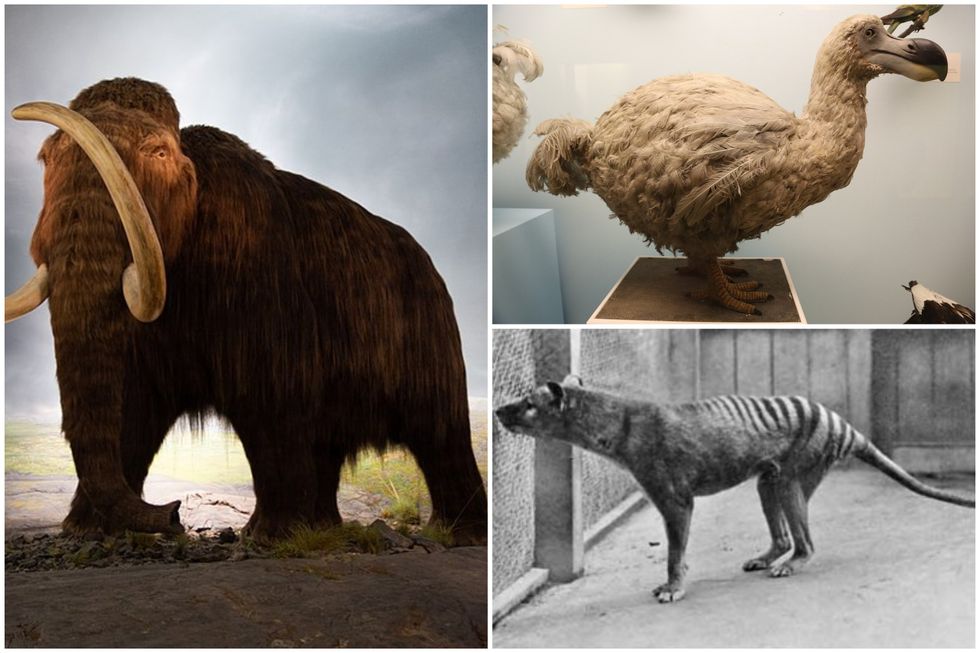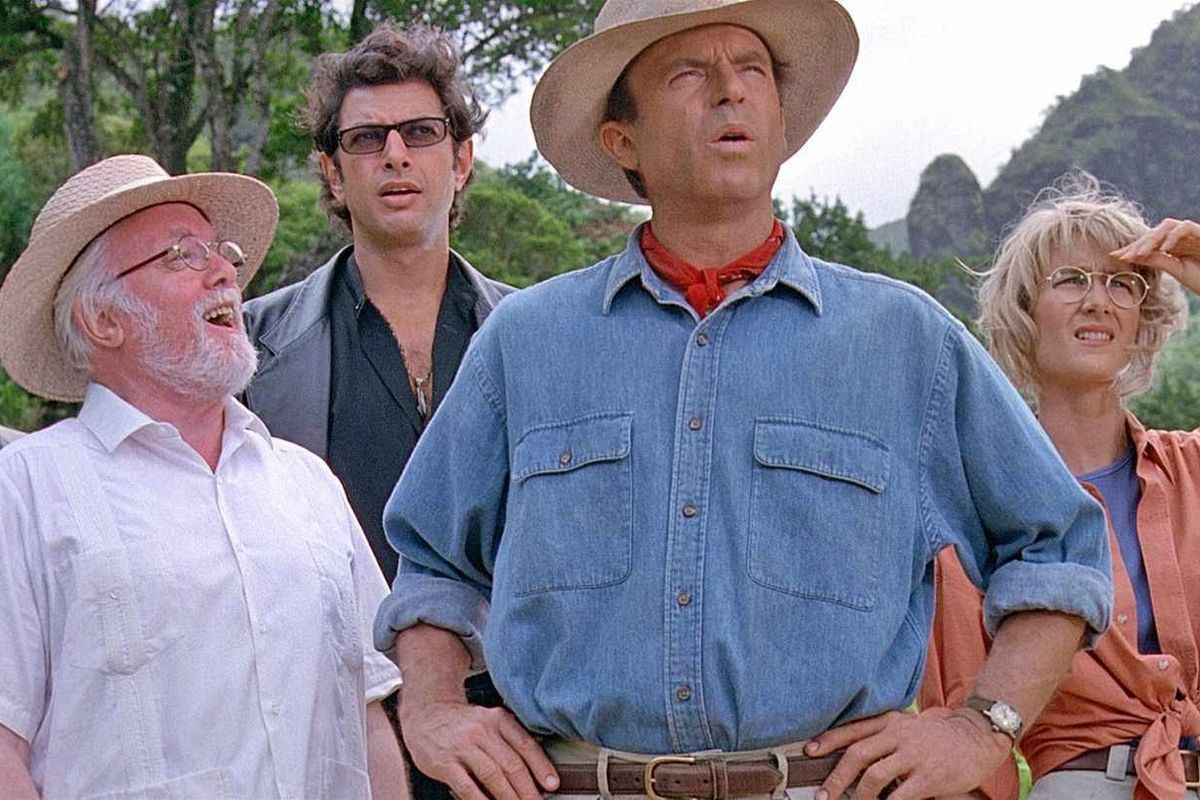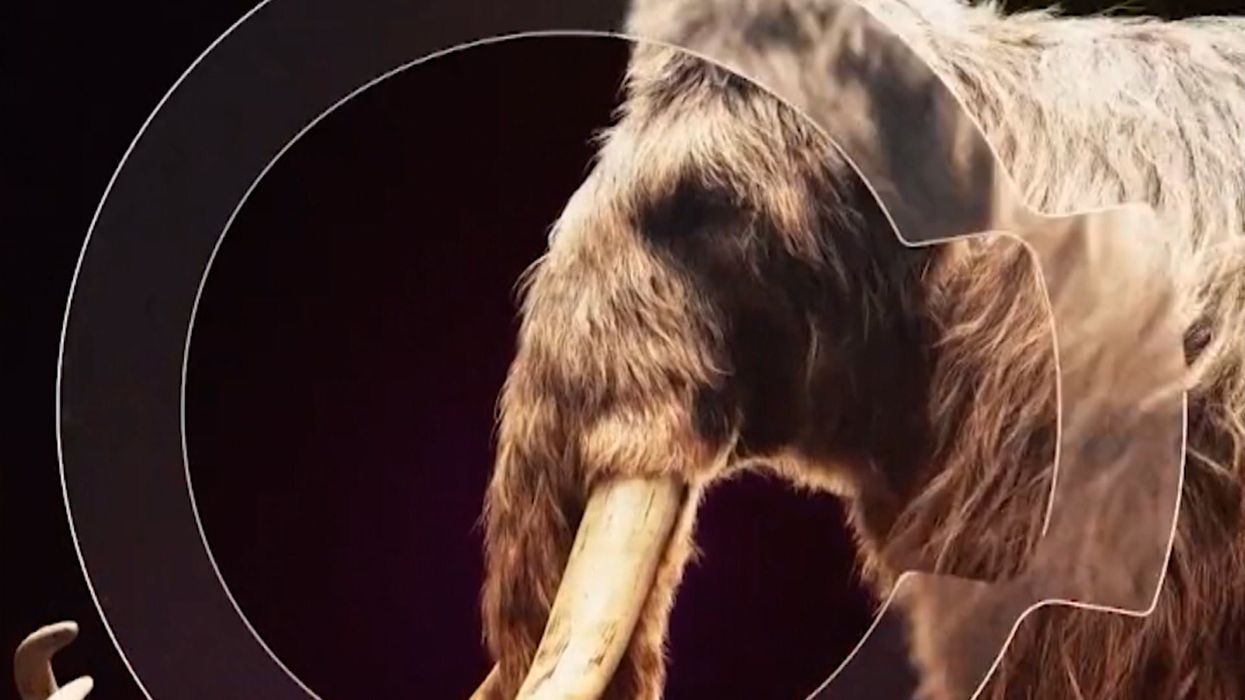Science & Tech
Harriet Brewis
Apr 09, 2024
Colossal CEO Says Its About Saving Biodiversity, Not Just Extinct Woolly Mammoth
Cheddar / VideoElephant
“Your scientists were so preoccupied with whether or not they could, they didn't stop to think if they should.”
So says Jeff Goldblum’s character, Dr Ian Malcolm, in Steven Spielberg’s 1993 blockbuster Jurassic Park.
He is, of course, referring to the revival of the dinosaurs – cloned by extracting DNA from preserved prehistoric mosquitoes – to create the eponymous, doomed theme park.
Well, scientists have had more than 30 years since the movie's release to work out whether or not they really could attempt a similar feat.
And the conclusion they’ve drawn?...
They could, they should and they will.
Indeed, the Texas-based genetic engineering company Colossal Biosciences has announced that it will bring extinct animals back from the dead within a handful of years.
"We've got all the technology we need," the business’s founder and CEO, Ben Lamm, told Sky News.
"It is just a focus of time and funding. But we are 100 per cent confident [we can bring back] the Tasmanian tiger, the dodo, and the mammoth."

Film fans might be reassured to know Lamm and his colleagues don’t plan to resurrect the T-Rex any time soon.
In fact, he insisted, Colossal Biosciences methods are crucially different from those touted in Spielberg’s iconic picture.
"It's almost reverse Jurassic Park," he stressed.
"In the film, they were filling in the holes in the dinosaur DNA with frog DNA.
"We are leveraging artificial intelligence and other tools to identify the core genes that make a mammoth a mammoth and then engineering them into elephant genomes."
However, the question that then begs to be asked is, even if you manage to create mammoth cells, how do you birth the real-life beast?
In the womb of an Asian elephant, apparently.
But this will be no mean feat, Lamm admitted, particularly since the gestation period for a mammoth is almost two years.
"[Each of the] different projects [the mammoth, dodo, and Tasmanian tiger] have different challenges - the mammoth is really around gestation - which is around 22 months," he explained.
"The dodo gestation is pretty great - we are using surrogate chickens. The hardest part is cultivating the primordial germ cells."

Another burning question is: where will these mammoths, tigers and dodos live once they’re born?
Lamm said Colossal Biosciences is already working with local governments, conservation groups, indigenous peoples, private landowners, and the wider public, to prepare for the animals to be returned to their natural habitat.
"Our ultimate goal is to put all the animals we make back into the wild," he said.
And despite these hurdles, plus 4,000 years of extinction, Lamm feels optimistic that his company’s goal will be realised in the next four years.
"We are well into the editing phase," he revealed. "We don't have mammoths yet, but we still feel very good about 2028."
Sign up for our free Indy100 weekly newsletter
Have your say in our news democracy. Click the upvote icon at the top of the page to help raise this article through the indy100 rankings
Top 100
The Conversation (0)













